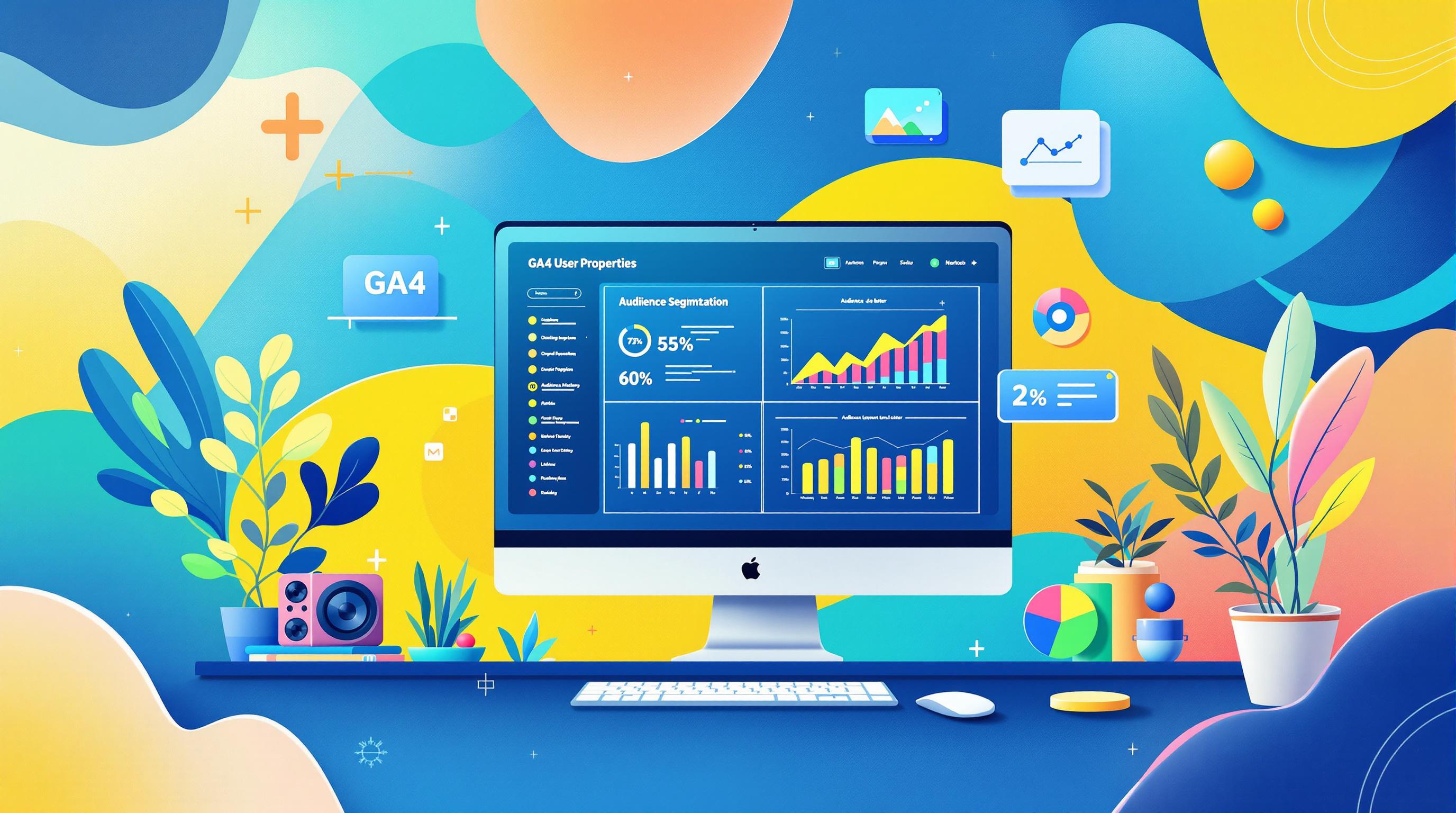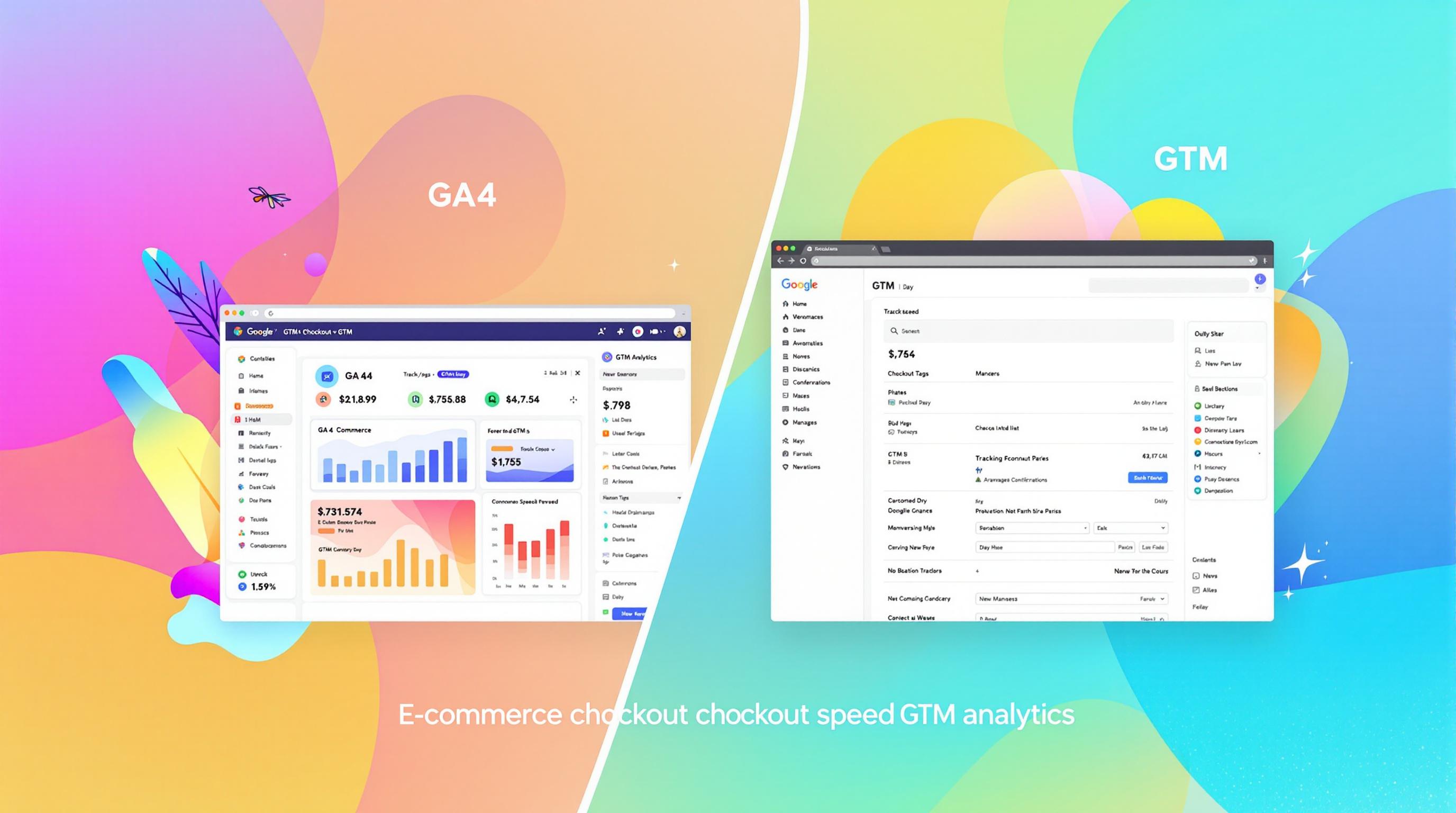The Meta Conversion API helps businesses track data more accurately by connecting directly to Meta's servers. This server-side tracking bypasses browser limitations, ad blockers, and privacy restrictions, ensuring better ad performance and precise audience targeting. Businesses using the API with 90% server coverage and an Event Match Quality (EMQ) score above 5 report a 19% boost in attributed purchase events.
Key Benefits:
- Accurate Data Collection: Avoids errors like double-counting conversions or missing data due to ad blockers.
- Improved Ad Results: Enables better audience segmentation and campaign optimization, with 30% more accurate conversions and 20% better campaign results.
- Privacy Compliance: Works with tools like Consent Management Platforms to meet GDPR and other legal requirements.
- Enhanced Attribution: Tracks both online and offline interactions for a complete view of customer behavior.
Quick Comparison: Meta Conversion API vs. Meta Pixel

| Feature | Meta Conversion API | Meta Pixel |
|---|---|---|
| Tracking Method | Server-side | Browser-based |
| Ad Blocker Impact | Works around blockers | Can be blocked |
| Data Accuracy | High | Limited by browsers |
| Setup Complexity | Requires technical setup | Easy to set up |
| Privacy Control | Better compliance options | Limited control |
Combining both tools ensures comprehensive tracking, automated deduplication, and enhanced campaign performance. Start by integrating the API with platforms like Google Tag Manager or Shopify for seamless setup.
Advantages of Meta Conversion API
Accurate Data Collection
The Meta Conversion API uses server-side tracking to gather data more precisely, bypassing challenges like ad blockers and privacy settings. This method addresses common inaccuracies in conversion tracking. For example, earlier tracking systems from Meta often inflated performance metrics by up to 25%, mistakenly counting repeat purchases as new customer acquisitions. The Conversion API eliminates these errors by ensuring data is correctly deduplicated and reliable [2].
Better Ad Results
Accurate data lays the groundwork for better ad performance and audience targeting. By processing data through servers, businesses can build precise audience segments and create campaigns tailored to user behaviors.
Here’s how the API improves key metrics:
| Aspect | Improvement |
|---|---|
| Attribution | 30% more accurate conversions [5] |
| Optimization | 20% better campaign results [5] |
| Data Syncing | Real-time updates [4] |
Improved Attribution and Insights
The API offers deeper insights into the customer journey by tracking both online and offline interactions. This level of tracking creates a full picture of conversion paths, helping businesses see how their marketing efforts drive results [1][3].
By sending detailed interaction data directly to Meta's servers, businesses can make smarter decisions about budget allocation and campaign strategies, ultimately improving return on ad spend. Tools like Google Tag Manager can integrate with the API, enabling real-time adjustments to campaigns based on these insights.
"Businesses that have implemented the Meta Conversion API with at least 90% server coverage and an Event Match Quality score above 5 have seen a 19% boost in attributed purchase events" [4]
Meta Conversion API vs. Meta Pixel: A Comparison
Differences Between API and Pixel
Meta Conversion API and Meta Pixel take different approaches to tracking data. Here's a quick breakdown:
| Feature | Meta Conversion API | Meta Pixel |
|---|---|---|
| Data Collection | Tracks data on the server side | Tracks data through the browser |
| Ad Blocker Impact | Works around blockers | Can be blocked by ad blockers |
| Data Accuracy | More reliable | Limited by browser restrictions |
| Implementation Complexity | Requires technical setup | Easy to set up |
| Privacy Compliance | Offers better control | Limited control options |
Server-side tracking (via the API) shines in today's privacy-conscious landscape. However, each tool has its own strengths, and using them together can deliver even better results.
Using API and Pixel Together
When businesses combine the Meta Conversion API and Meta Pixel, they can fill tracking gaps and build more effective marketing strategies. Together, these tools create a well-rounded tracking system with some key perks:
- Automated Deduplication: Meta automatically removes duplicate events tracked by both tools, ensuring your metrics stay accurate.
- Better Data Collection: The Pixel captures on-site actions in real time, while the API ensures key conversion data is sent to Meta without interruptions [3].
"Businesses that implement both tracking methods with proper Event Match Quality (EMQ) scores achieve the most comprehensive conversion tracking capabilities" [4]
To make managing both tools easier, platforms like Google Tag Manager and automation services like Zapier can help simplify the process. This integrated approach not only ensures data accuracy but also keeps businesses in line with privacy rules [3]. By using both tools, companies can fine-tune their campaigns and improve their ROI.
Implementing Meta Conversion API: Steps and Tips
Setting Up the API
To get started with the Meta Conversion API, head to the Events Manager in Meta Business Manager. This is where you'll connect your data sources and configure conversions. If you're using platforms like Shopify or WooCommerce, they usually have built-in integrations to make things easier. For custom websites, tools like Google Tag Manager (GTM) can help you set up server-side event tracking efficiently.
Don't forget to address privacy compliance during setup. It's essential not just for avoiding legal troubles but also for maintaining user trust.
Compliance with Data Privacy Laws
Staying compliant with data privacy laws like GDPR, CPPA, and Quebec's Law 25 is non-negotiable. It involves adopting clear and lawful data practices. Here's how businesses can stay on the right track:
- Use Consent Management Platforms (CMP) to obtain and manage user consent.
- Validate event data on the server side to ensure accuracy and security.
- Update privacy policies to clearly explain data collection practices.
- Set up systems to handle user data requests, like deletions or access inquiries.
Once you've got compliance covered, you're ready to use the API to improve your marketing efforts.
Improving Marketing Strategies
The Meta Conversion API can help you fine-tune your marketing by providing real-time insights and enabling better audience targeting. Here are some ways to make the most of it:
- Regularly check data freshness in the Events Manager to ensure your campaigns use up-to-date information.
- Use automatic advanced matching to personalize user experiences more effectively.
- Integrate with tools like Google Analytics to track the entire customer journey.
- Focus on server-side data to create highly accurate custom audiences.
When setting up conversion tracking, prioritize events that align with your goals. For example, if you're an e-commerce business, focus on events like purchase completions or form submissions. These insights can help you design more targeted and effective ad campaigns.
sbb-itb-38e9f15
What's the Difference Between The Pixel & Conversion API (Meta)
Recap of Benefits
The Meta Conversion API changes the game for digital marketing by offering precise data through direct server tracking. This is especially useful in the wake of Apple's iOS 14.5 privacy updates [1]. Advertisers have seen a 20% increase in results and 30% more Meta-attributed conversions [5]. It ensures customer journeys are tracked seamlessly across devices and platforms [6]. The result? Smarter ad spending, better ROI, and more accurate targeting - allowing businesses to allocate their budgets more effectively.
These advantages highlight why adopting the API can be a smart move for businesses looking to improve their marketing strategies.
Next Steps for Implementation
To make the most of the API’s benefits, businesses should first review their current tracking systems and pinpoint any gaps in data collection. For example, one advertiser found that using the API fixed a major issue where 25% of repeat purchases were mistakenly tracked as new customers [2]. This fix not only improved tracking accuracy but also helped optimize ad spending.
Here are three key priorities to focus on:
- Set up real-time data syncing to ensure audience signals are transmitted instantly [4].
- Monitor data freshness regularly within Events Manager to maintain accuracy.
- Align tracked events with your specific business objectives for better insights.
Bringing in experts can help tailor the setup to meet both your goals and privacy requirements. Proper implementation can lead to long-term gains by improving targeting precision and cutting down on wasted ad spend.



